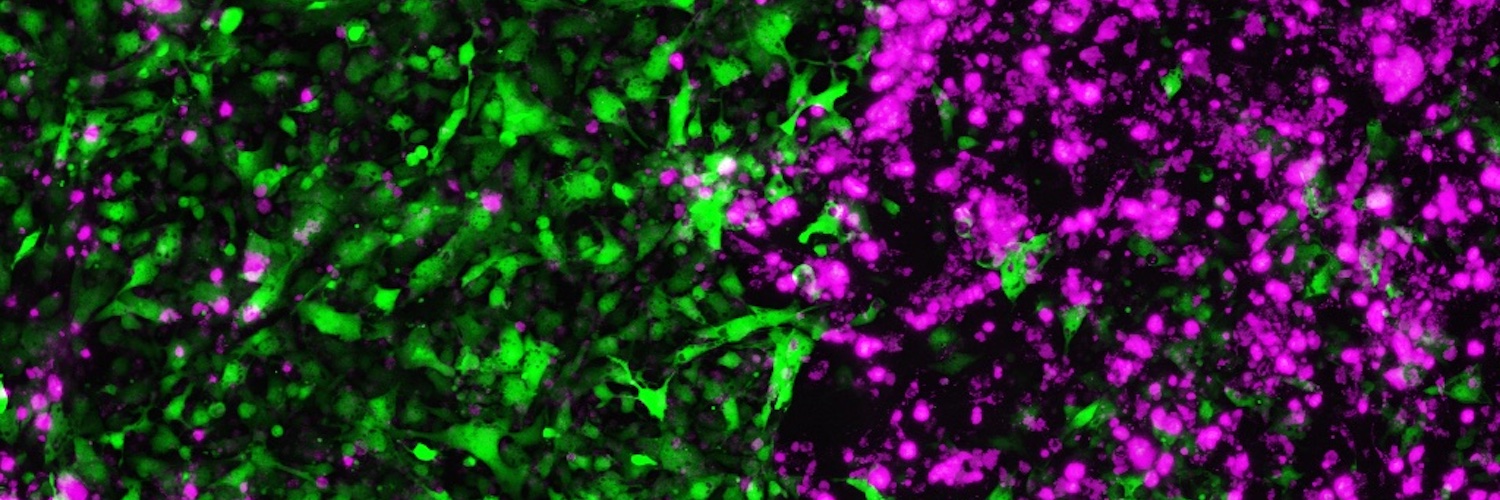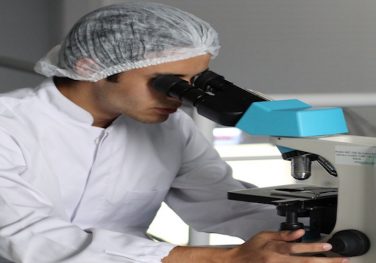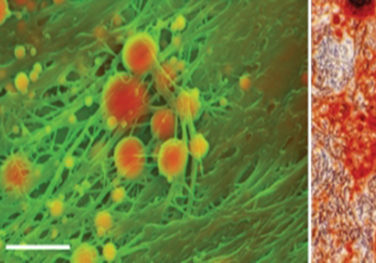The Sinha Lab, Wellcome-MRC Cambridge Stem Cell Institute
Healing after a heart attack
A heart attack typically leads to the loss of a billion heart cells, called cardiomyocytes. This causes weakness of the heart that can ultimately lead to heart failure – when your heart doesn’t work as well as it should do. Heart failure makes everyday tasks difficult and severely affects life expectancy. There are no current drugs to restore lost cardiomyocytes but the Sinha Lab at Cambridge University led by Professor Sanjay Sinha is making progress towards a solution – a ‘heart healing’ patch to repair the damage.
We are pleased to continue to support Professor Sinha’s work at the Wellcome-MRC Cambridge Stem Cell Institute. We have awarded the Sinha Lab a grant of £225,000 towards the next two key steps in preparing the patch for clinical trials. So far they have managed to create a cardiac patch that beats. Next, they will test the patch in vitro (outside a living organism) over two years, making sure that the patch receives a good blood supply.
- According to the British Heart Foundation, heart failure affects close to a million people across the UK.
- A heart transplant can restore heart function but only 200 are performed each year in the UK.
- The chances of surviving heart failure for more than five years is 50/50.

Stem cells to save lives
The Sinha Lab’s ‘heart healing’ patch uses stem cells. These special cells, produced in our bone marrow, can turn into different types of cells. A big challenge has been making sure that the stem cells survive and work properly once transplanted to the heart. Professor Sinha and his team have discovered that combining heart cells with a support cell, both derived from human stem cells, holds more promise than using heart cells alone.
You can read more about our previous work with the Sinha Lab here.
“Our hope for the Kusuma Trust is to support brilliant people and ideas to find path breaking solutions in cardiac health. Improving health matters to us. The Sinha Lab’s work brings us closer to effective treatment for people suffering from heart failure, potentially helping millions of people worldwide.”
More Success Stories
The Stevens Group at Imperial College London

Stevens Group, Imperial College, and Sinha Lab, Cambridge University

